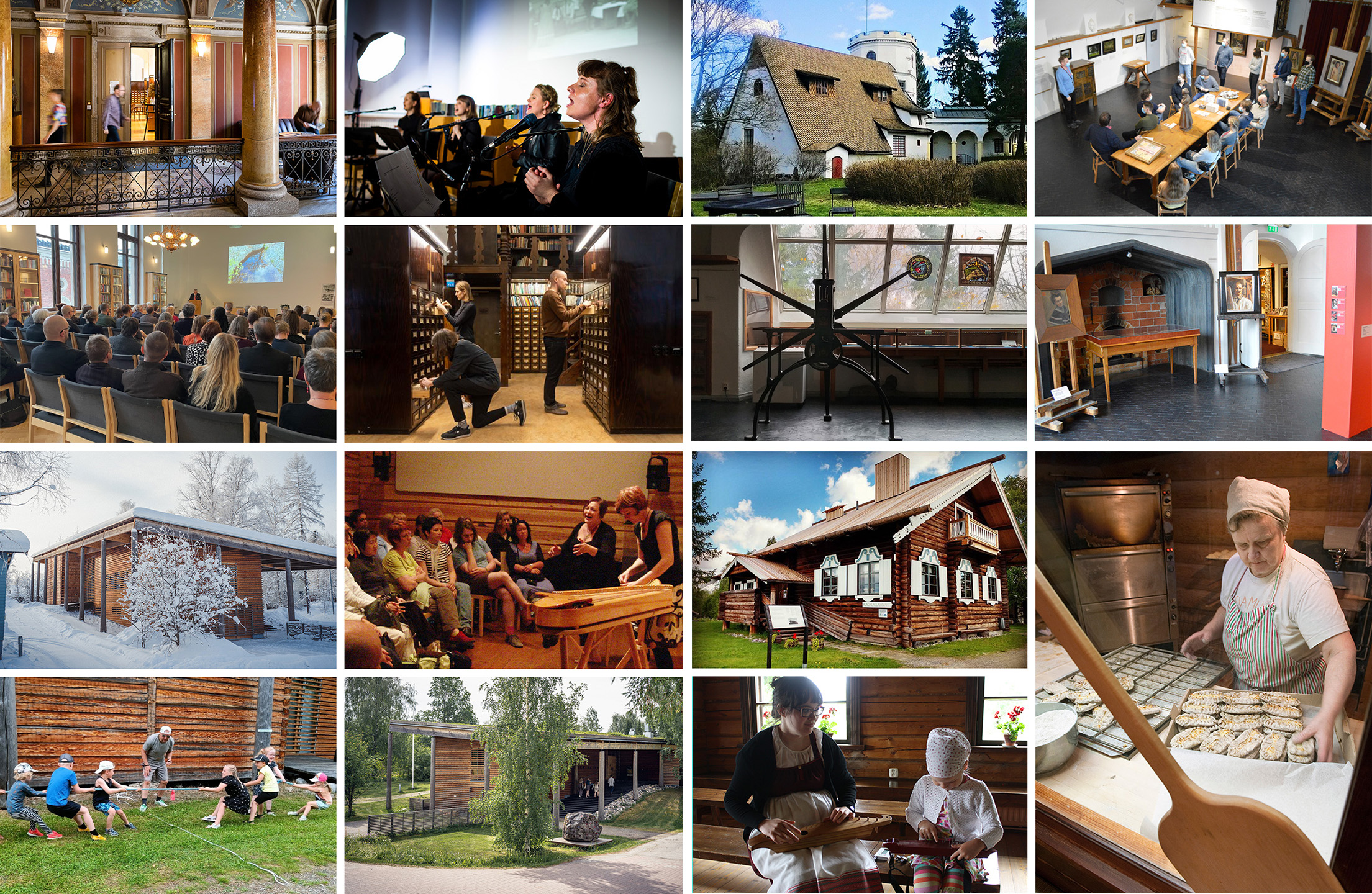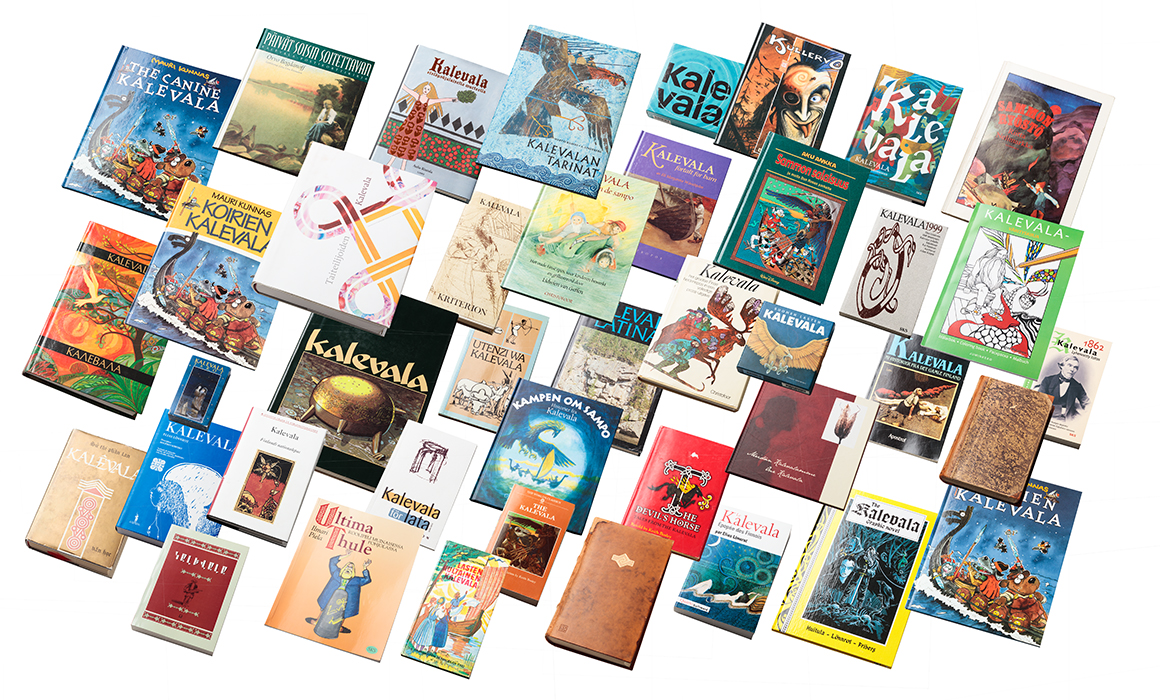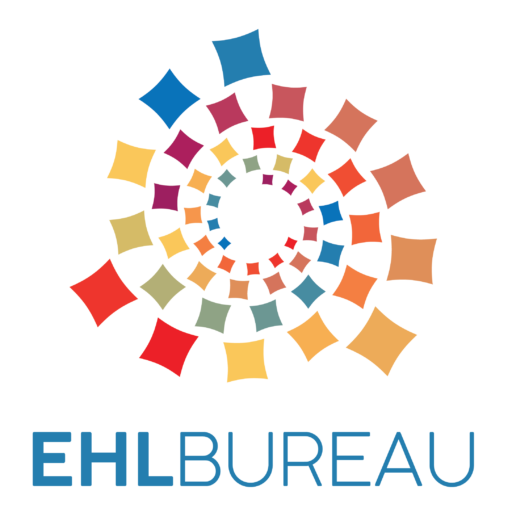This website uses cookies so that we can provide you with the best user experience possible. Cookie information is stored in your browser and performs functions such as recognising you when you return to our website and helping our team to understand which sections of the website you find most interesting and useful.
The Kalevala – Living Epic Heritage


The EHL Site
The Kalevala (1849) is one of the most influential epics of the 19th century. The Kalevala is a literary work compiled by Elias Lönnrot based on Karelian, Finnish, and Ingrian folk poetry. It is a part of the European epic tradition, and from the beginning, it has had a strong societal and political dimension. The Kalevala was used in the process of Finnish nation-building, and it also relates to questions of identities and ownership of cultural heritage, relevant in today’s Europe. As part of the European Heritage Label community, the Kalevala completes the image of narrative traditions that continue to generate new scientific, artistic, and cultural interpretations.
The Kalevala is one of the few objects of intangible heritage that has been awarded the European Heritage Label. The Kalevala was recognised particularly because it is an epic that still has a living role in today’s world. It evokes interest regardless of cultural boundaries. The Kalevala lives in many forms (e.g., visual arts, games, movies, music, crafts and jewellery) and structures the activities of many cultural organisations. It is a source of inspiration for metal music and fantasy literature as well as for handicraft and tattoo art. The Kalevala has been translated into more than 60 languages. As living heritage, the Kalevala is constantly being reinterpreted by individuals, communities, professionals and enthusiasts.
The Kalevala – Living Epic Heritage site consists of four Kalevala attractions: the Finnish Literature Society, the Gallen-Kallela Museum, the Juminkeko Foundation, and the Rune Singer’s Village Parppeinvaara, as well as a broad network of collaborators. Several organizations knowledeable in the fields of the Kalevala, the Karelian language and culture as well as pedagogy are part of the network. The coordinator linking the broad thematic network is the Kalevala Society Foundation.
European dimension
The Kalevala (1949) is part of the European epic traditions, and it was influenced by the literary models from the Greek-Roman Classical Antiquity as well as Nationalism and Romanticism. The Kalevala is based on Karelian, Finnish and Ingrian oral folk poetry but created and interpreted by Elias Lönnrot (1802–1884). The publication of folktales by the German Grimm brothers was similar to Lönnrot’s publication activities. The Poems of Ossian by the Scottish James Macpherson likewise inspired Lönnrot to compile the folk poems into an epic.
The human stories of the Kalevala blend in with the content of the other European epics. The well-known poems of the Kalevala were collected on both sides of the eastern border of present-day Finland. The rich oral tradition, creativity and power of the word of Karelians were incorporated into Finnish national self-understanding and the Finnish language was used to create Finland’s own history and literature. As a symbol of national unity, the Kalevala brought visibility to the Finnish nation in Europe during a time when Finland had yet to become independent. The Kalevala also boosted the development of other national identities and contributed to the creation of the national epic of Estonia (Kalevipoeg), for example.
Translated into 18 European languages, the Kalevala is part of the discourse on European identities and shared cultural heritage. The epic is rooted in European intellectual history, and its modern significance is evident in the interest expressed by a number of European enthusiasts towards the mythology of the Kalevala and runosong singing tradition. There is an active public debate about whose legacy the epics represent. Today Kalevala represents rich living heritage of communities and individuals that allows to better understand the formation of the multi-layered identities of Europe
The organization
The four sub-sites form a network of Kalevala attractions in Finland. The main site is the Finnish Literature Society (SKS, 1831). The SKS is a cultural organisation, research institute, publisher, archive, scholarly library and literature export centre that promotes research into and awareness of culture and cultural heritage. The SKS preserves collections and manuscript materials related to the Kalevala and organises seminars and cultural events, which are open and free of charge for the public. The SKS is based in the centre of Helsinki (Hallituskatu 1, 00170 Helsinki).
The Gallen-Kallela Museum (1961) and its café are situated in Espoo, on the shore of Laajalahti Bay and near a nature reserve (Gallen-Kallelantie 27, 02600 Espoo). The museum operates in a studio building designed and commissioned (1913) by Akseli Gallen-Kallela, who is well-known for illustrating the Kalevala. The museum also cooperates with schools and organises public events.
The Juminkeko Foundation (1985) is a Kalevala centre that also functions as a national children’s cultural centre. It is located 600 kilometres from Helsinki, in Northern Finland, in the Kainuu region (Kontionkatu 25, 88900 Kuhmo). The Juminkeko operates in a building (1999) that represents new Finnish wood architecture. The structure of the archive building was inspired by the kantele (Finnish zither). Juminkeko’s diverse cultural activities include literature presentations, music and dance performances, film showings, poetry readings and exhibitions.
Parppeinvaara Runosinger’s Village (1964) is located in Eastern Finland (Parppeintie 4 c, 82900 Ilomantsi), 500 kilometres from Helsinki. The local runosingers were significant sources of information for Elias Lönnrot while he was compiling and editing The Kalevala. The Runosinger’s Village comprises several detached log buildings. The site offers experiential heritage: live runosong, Karelian food culture and various courses.
The Kalevala Society Foundation is the coordinator of the Epic Kaleidoscope project and the large network connected to it.
